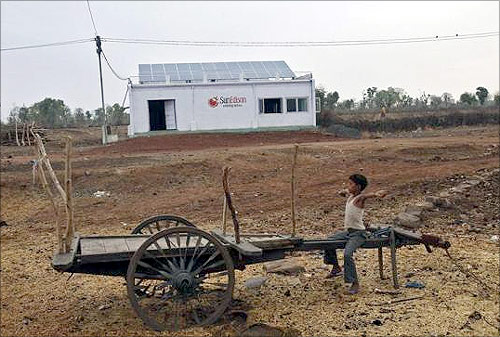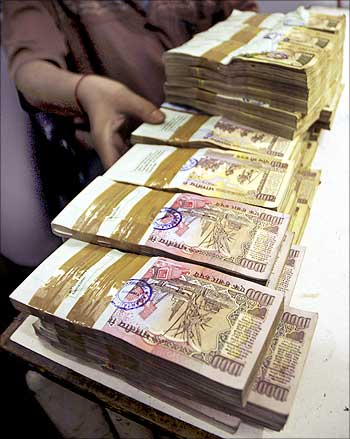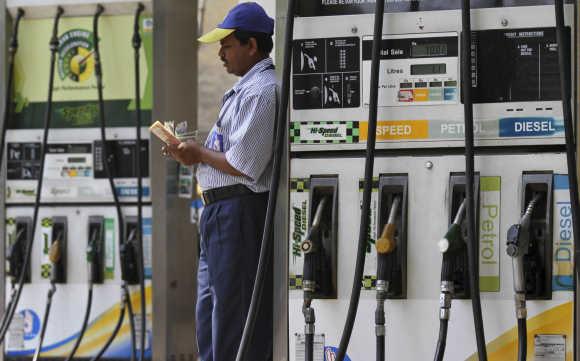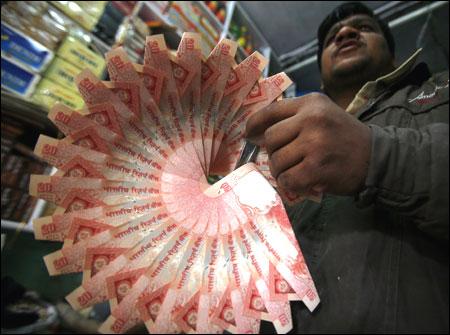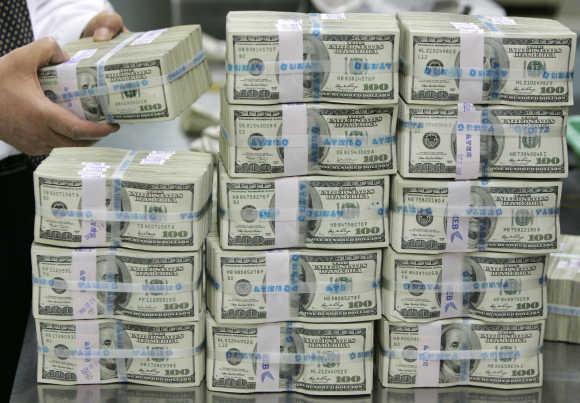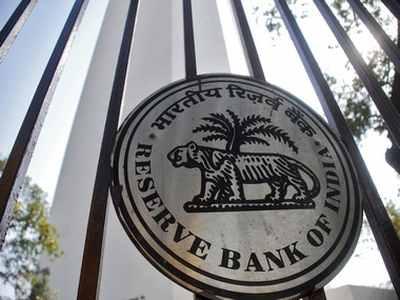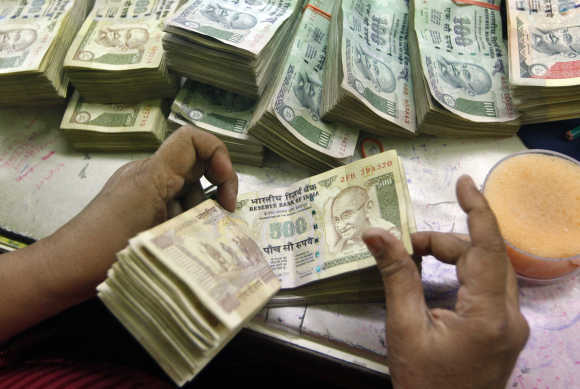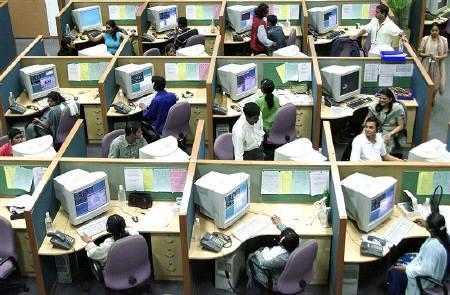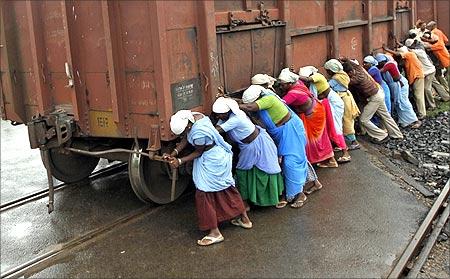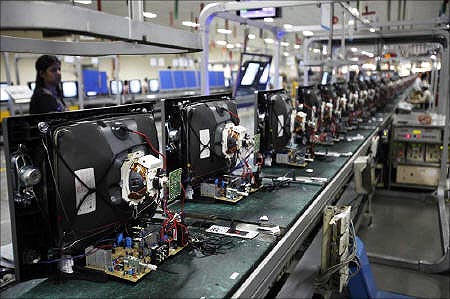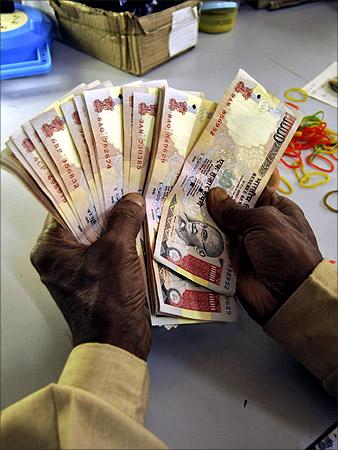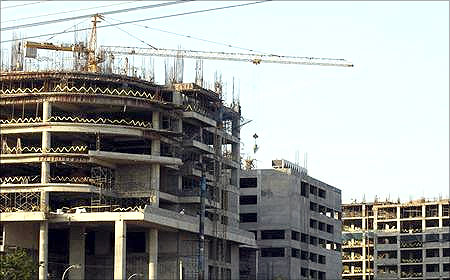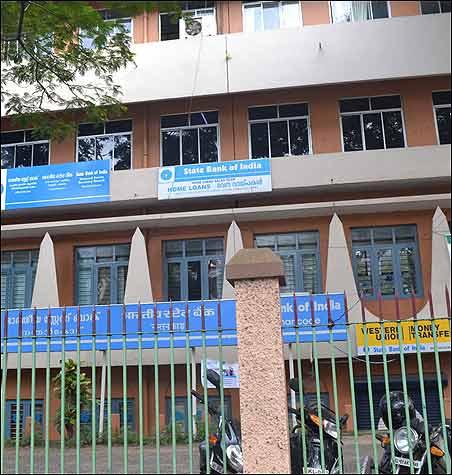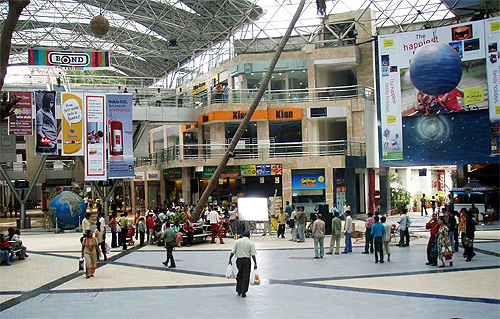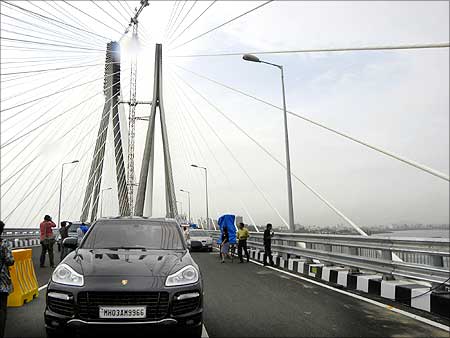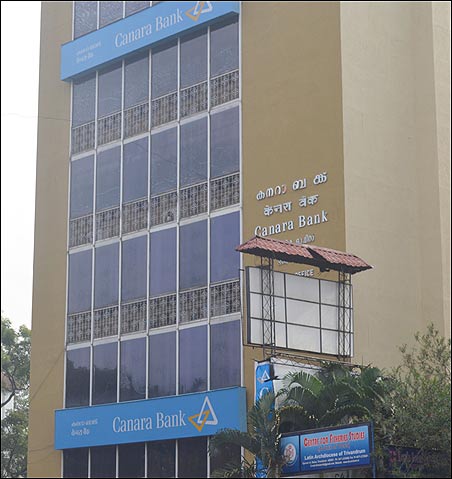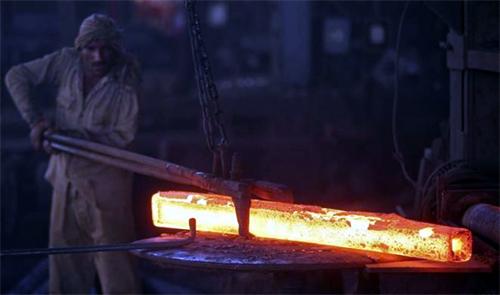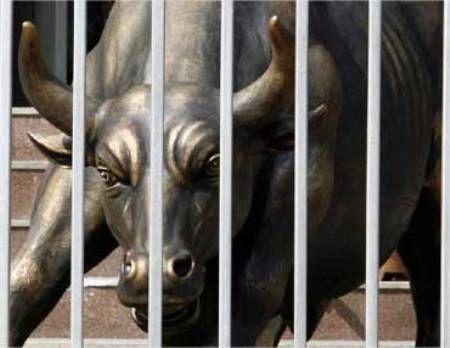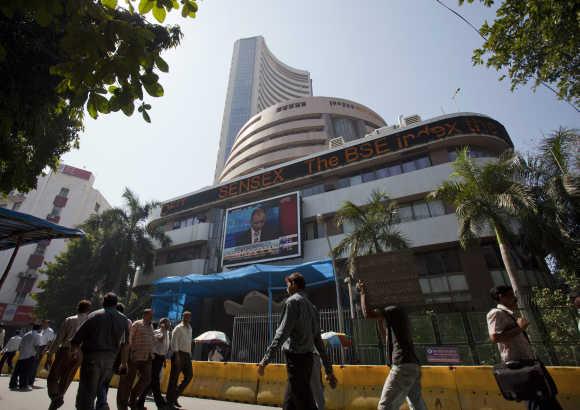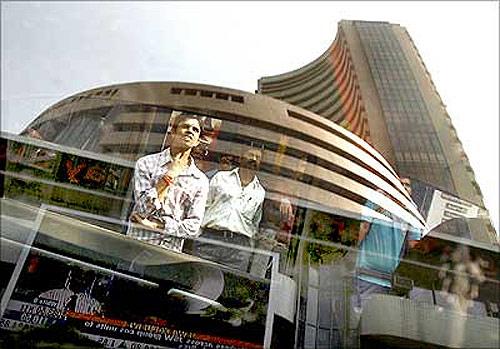 | « Back to article | Print this article |
What makes India an investment hotspot
Finance Minister P Chidambaram's road show in Singapore highlighted India's strong growth and investment prospects.
Take a look at facts and figures that reveal India's growth story...
India's rapid pace of economic growth is both stable and sustainable. India's medium term growth prospects are due to its favourable demographics, resilient economic structure, stable democratic institutions, and continued infrastructure investment.
Click NEXT to read more...
What makes India an investment hotspot
While growth has averaged 8.4 per cent between FY2006 and 2011, even in the face of a severe and persistent global slowdown, GDP growth in 2012-13 is expected to be 5.5-6.0 per cent.
Click NEXT to read more...
What makes India an investment hotspot
The private sector plays a key role in driving investment. Economic growth is largely domestically generated by high savings/investment, making it less vulnerable to adverse external developments.
Click NEXT to read more...
What makes India an investment hotspot
Rapid GDP growth juxtaposed with moderate leverage, is a reflection of sustained gains in productivity, high innovation capacity and improved education standards. These factors support continued investment and sustainable growth.
Click NEXT to read more...
What makes India an investment hotspot
In October 2012, government prepared a fiscal consolidation roadmap. As per the roadmap, the fiscal deficit of the central government will be reduced in a calibrated way from the targeted 5.3% of GDP in FY13 to 3.0% of GDP by FY17.
Click NEXT to read more...
What makes India an investment hotspot
Structural fiscal reform marks a shift in the government's approach to fiscal consolidation.
While progress in debt/deficit reduction was impacted during the global financial crisis due to imperatives of a fiscal stimulus, revenue growth should continue to exceed expenditure growth, facilitating fiscal consolidation
Click NEXT to read more...
What makes India an investment hotspot
The favourable fiscal/investment outlook is supported by key structural changes, including reduction in fuel subsidy, targeted cash delivery of subsidies, proposed introduction of Goods and Services Tax, further PSU divestment, liberalized FDI regime for multi-brand retail, insurance,
Click NEXT to read more...
What makes India an investment hotspot
High debt tolerance
India has a large pool of domestic savings and developed local capital markets. Government debt is largely denominated in local currency and has a long maturity profile
Click NEXT to read more...
What makes India an investment hotspot
Large external buffer
India's net external creditor status is buttressed by foreign investment, an expanding and competitive export sector, and among the strongest remittance inflows globally.
The combined effects have enabled India to build increasingly larger external liquidity buffers than peers and insulate the economy from an adverse global environment.
Click NEXT to read more...
What makes India an investment hotspot
While, export volumes have grown at roughly 21 per cent per annum in the last seven fiscal years, the slowdown in 2012-13 is in line with the current world trend.
Click NEXT to read more...
What makes India an investment hotspot
Stable macroeconomic environment
RBI seems to be getting traction with tight monetary policy and core WPI inflation is now below 5%. This would give the RBI room to cut policy rates.
Financial Stability and Development Council created to provide institutional framework for macro economic stability. Members include all financial sector regulators and the Finance Minister as Chairman.
Click NEXT to read more...
What makes India an investment hotspot
Amongst the fastest growing economies in the world and the 2nd largest emerging economy of Asia.
Click NEXT to read more...
What makes India an investment hotspot
India's average GDP growth rate is 8.4% for 2006 to 2011; GDP has crossed the $1.5 trillion mark.
While growth has moderated in the first two quarters of FY 2012-13 to 5.5 % and 5.3 % per cent respectively, it remains amongst the highest globally and is attributable significantly to the global economic environment.; Medium to long term prospects are good.
Click NEXT to read more...
What makes India an investment hotspot
India's foreign exchange reserves are close to $300 billion.
Click NEXT to read more...
What makes India an investment hotspot
Growth is driven to a significant extent by domestic consumption. India has a stable financial system and regulatory framework and strong demographic advantage.
Good growth prospects supported by ongoing economic liberalisation and strong domestic demand.
Click NEXT to read more...
What makes India an investment hotspot
India has vibrant, transparent and high-yielding capital markets and a strong and competitive private sector. The country has seen a high growth in exports. A highly educated work force adds to its advantage.
Click NEXT to read more...
What makes India an investment hotspot
India's real GDP in 2005-2006 stoood at Rs 32,542 billion. It has risen to Rs 52,220 billion, a growth of 60% in 2011-2012.
India's real per capita GDP stood at Rs 33,548 in 2005-2006. It rose to Rs 46,221, up by 38% in 2011-12.
Click NEXT to read more...
What makes India an investment hotspot
India's exports grew from $103 billion to $303 billion in 2001-12, 194 % higher compared to 2005-06.
Click NEXT to read more...
What makes India an investment hotspot
Remittances from workers stood at $28 billion in the calendar year 2006. It rose to $63.7 billion, a growth of 127 in the calendar year 2011.
Click NEXT to read more...
What makes India an investment hotspot
India's foreign direct investment inflow stands at $46.8 billion, 414 % higher compared to 2005-06.
India's foreign direct investment outflow stood at $25.8 billion, 323% higher compared to 2005-06.
Click NEXT to read more...
What makes India an investment hotspot
India is forecasted to grow at one of the highest rates in the next five years.
Click NEXT to read more...
What makes India an investment hotspot
The average percentage change in income has been next only to China and is forecasted to grow rapidly.
Click NEXT to read more...
What makes India an investment hotspot
Savings and investment rates are among the highest in the world.
Click NEXT to read more...
What makes India an investment hotspot
According to the latest global consumer confidence findings (for the second quarter in 2012) from Nielsen, India ranks second in the overall consumer confidence index and has remained in the top 2 for the last 10 consecutive quarters.
Click NEXT to read more...
What makes India an investment hotspot
India has launched major schemes to revamp its physical infrastructure. The 12th Plan envisages investment of $1 trillion on infrastructure projects; half of it from the private sector.
Click NEXT to read more...
What makes India an investment hotspot
Indian Banks have been at the top among emerging market economies in terms of soundness as per the Global Competitiveness Report 2012- 13.
Click NEXT to read more...
What makes India an investment hotspot
Among emerging markets, India has one of the most favourable tax regimes, a very crucial factor for business growth.
Click NEXT to read more...
What makes India an investment hotspot
India compares well with the advanced economies in investor protection. Indian scores 6 on a scale of 1 to 10.
Click NEXT to read more...
What makes India an investment hotspot
India has a robust, transparent and stable financial market, which is speedily transforming to an increasingly liberalised market.
Click NEXT to read more...
What makes India an investment hotspot
India has 21 stock exchanges that constitutes market for securities issued by government and the country's corporate entities
The net FII investment of $24.37 bn in equities and $6.64 bn in debt in CY 2012.
The National Stock Exchange and Bombay Stock Exchange are India's premier exchanges with an average daily turnover of Rs 100 billion.

